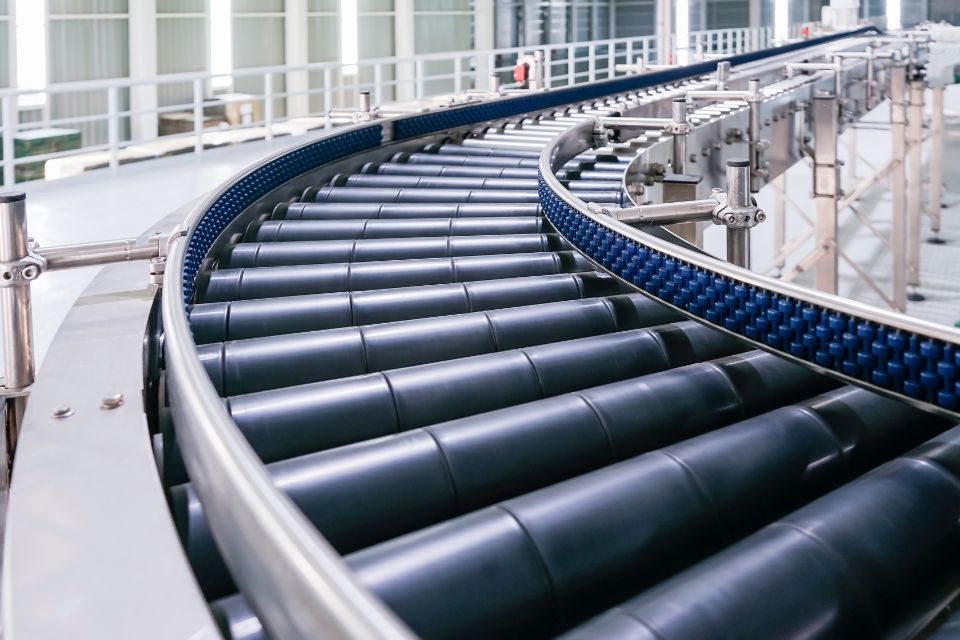To keep your business running smoothly and efficiently, it is crucial to know how to maximize the lifespan of your conveyor belts. Conveyor belts are essential in many industries, and their proper maintenance is vital for increasing productivity and reducing expenses. Explore the best practices and techniques for preserving and extending the life of your conveyor belts to ensure that your business continues to prosper.
Perform Regular Inspections and Maintenance
One of the most important steps in protecting the longevity of your conveyor belts is to perform regular inspections and maintenance. This allows you to identify and address potential issues before they escalate into significant problems that hinder productivity or require costly repairs.
Tips for Inspections:
- Conduct visual inspections of belts, idlers, and pulleys daily to check for wear, damage, or misalignment.
- Inspect the belt tension and adjust it if necessary.
- Monitor the belt tracking and make any necessary adjustments.
- Check for signs of abrasion or cuts on the belt edges.
- Inspect the cleanliness of the belt and the surrounding environment.
Keep Equipment Clean
Ensuring your conveyor belts and the surrounding area remain as clean as possible can significantly prolong their lifespan. Accumulated dirt, debris, and grease can cause additional wear and tear on the belts, leading to premature failure.
Cleaning Techniques:
- Regularly clean the conveyor belts themselves with appropriate cleaning materials and solutions.
- Clear away any dust, debris, or spillage from the belt edges, pulleys, and idlers.
- Keep the environment surrounding your conveyor system clean and clutter-free.
Utilize Proper Belt Storage
Proper storage is essential for maximizing the lifespan of your conveyor belts. Belts should be stored in a cool, dry place without exposure to direct sunlight or extreme temperature fluctuations. Additionally, avoid placing heavy objects on the belts, as this may cause undue stress, tension, or deformation.
Invest in Quality Belts
Choosing high-quality conveyor belts is an investment in the longevity and reliability of your system. Seek out reputable manufacturers and suppliers who can provide belts specifically designed to withstand the demands of your industry, and prioritize belt features such as durability, tensile strength, and abrasion resistance.
Train Your Staff
Your employees play a crucial role in preserving the longevity of your conveyor belts. Proper training and education will enable them to identify potential problems early on and make informed decisions regarding belt maintenance and repair.
Topics for Staff Training:
- Proper conveyor belt operation and handling
- How to identify common signs of wear and tear
- Basic belt maintenance tasks, such as tension adjustments and alignment checks
- When and how to conduct thorough inspections
- Emergency procedures in the event of a belt issue or failure
Replace Belts When Necessary
Your conveyor belts will not last an entire lifetime; they will wear down with frequent use, regardless of your efforts to maintain their integrity. If you notice signs that it is time to replace your conveyor belts, do so quickly to avoid costly errors.
By implementing these best practices, you can effectively maximize the lifespan of your conveyor belts. The result is a more efficient, reliable conveyor system that provides significant cost savings and improved productivity for your business.

